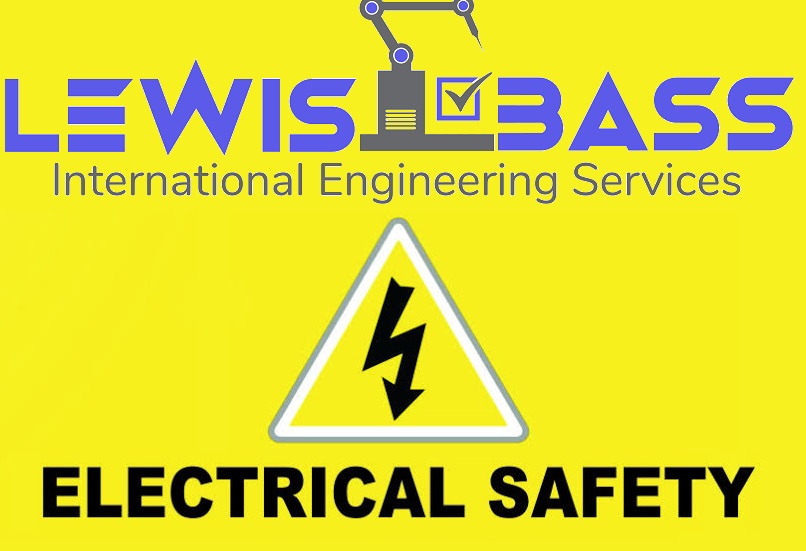LBIES’s Electrical Safety Awareness Blog Series Part 2
How do you recognize the electrical hazards in your workplace?
Welcome back to our three part blog series on Electrical Safety Awareness!
We will continue where we left off at part 1 with “Recognize the Hazards”.
Recognize the Hazards
What do you do if you see these situations in your workplace?
Call a Timeout and inform your supervisor immediately.
Do not remove or open receptacle covers, switch plates, or covers of electrical equipment unless qualified and authorized to by your company’s management.
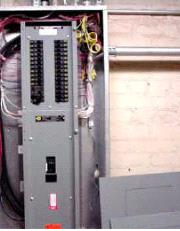

Recognize the Hazard
- Assume all exposed wiring is energized until proven otherwise. STOP, protect the area and contact supervision if you encounter this situation.

Recognize the Hazard: Tipping and Abrasion Hazards
- Don’t cause tripping hazards or create pinch points for cords.
- If you must run a cord temporarily across the floor, protect your co-workers by covering the cord appropriately.

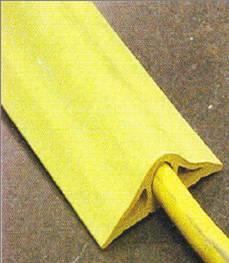
Recognize the Hazards
Remove from service damaged or frayed cords.
Report electrical equipment damage to your supervisor.
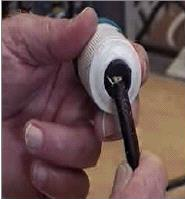
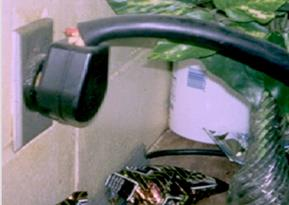
Stay clear of bare, exposed wiring and REPORT IT!
- Visually inspect electrical equipment before each use for damage and/or external defects such as loose, missing or deformed parts, pinched or crushed outer jackets or insulation. This type of external damage may indicate internal damage to the equipment.
- Electrical cords that are worn or damaged must be replaced without delay.
- Before cleaning electrical equipment turn it off and unplug it.
Recognize the Hazard: Cabinets, Boxes, and Fittings
- Junction boxes, pull boxes and fittings must have approved covers in place.
- Unused openings in cabinets, boxes and fittings must be closed (no missing knockouts).
- The photo to the right shows violations of these requirements.
- Situations like these should be immediately reported to management.

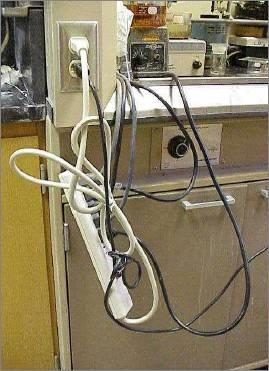
Recognize the Hazards
Never daisy-chain multi-outlet strips (plugging them into each other).
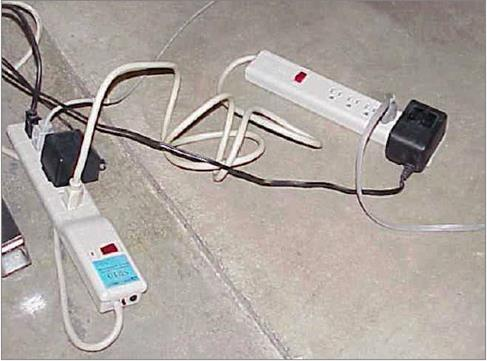
Recognize the Hazard
- Observe all barricade, postings, and warning signs regarding dangerous voltages.
- Do not enter or approach electrical work areas unless specifically authorized and qualified.
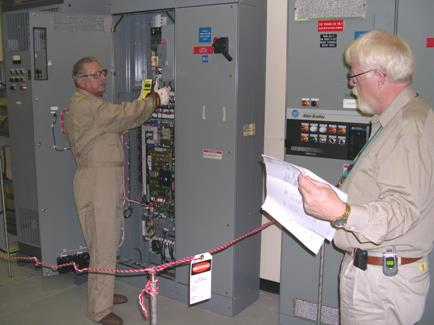
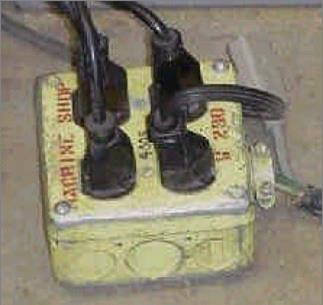
Recognize the Hazards
This is not permitted and should be taken out of service immediately.
Electrical boxes with knockouts are designed to be installed in or on walls, not used as multi-outlet extension cords.
Recognize the Hazard: Grounding Path
- The path to ground from circuits, equipment, and enclosures must be permanent and continuous.
- The violation shown here is an extension cord with a missing grounding prong.
- Do not make alterations to polarized blades or ground pins to make the plug fit into non polarized or non-grounded outlet.

Recognize the Hazards: Indoors and Outdoors
- Electrical hazards may exist overhead indoors.
- Crane power rails are one example.
- Electrical hazards may also exist overhead outdoors.
- Most lines are bare and higher voltage than the “normal” insulated wiring.
- Contact is not required to initiate an arc of cause shock and burn injuries.
- Maintain safe approach distances when working near energized overhead lines.
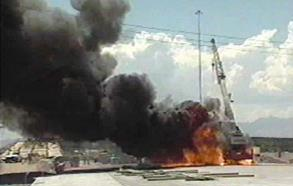
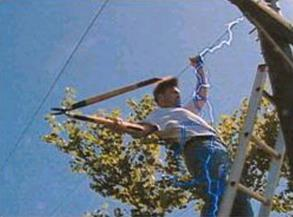
Recognize the Hazard
- Electrical equipment and wiring must not be exposed to physical damage.
- Picture shown here to the right is of physical damage to a conduit.
- Stay away from damaged equipment and report equipment damage to your supervisor.
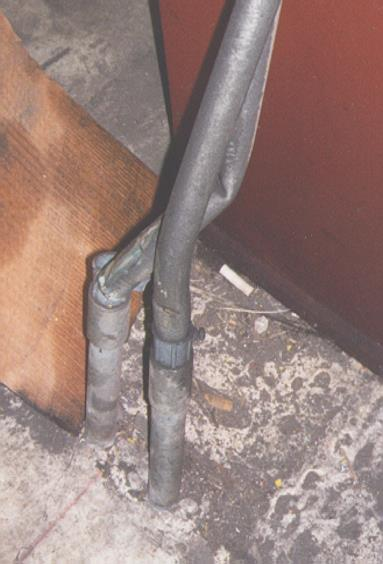
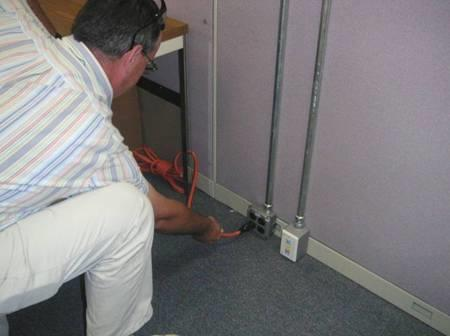
Recognize the Hazard
- Treat it as it is designed to be treated.
- Pull the plug, not the cord.
Handle portable electrical equipment carefully, in accordance with manufacturers instructions, and in a manner that will not cause damage.
Clues That Electrical Hazards May Exist
- Tripped circuit breakers or blown fuses.
- Hot to-the-touch on tools, wires, cords, connections, or junction boxes.
- Dim and flickering lights.
- Sizzles and buzzes are unusual sounds from electrical systems.
- Odor of hot insulation.
- Mild tingle from contact with case or equipment.
- GFCI that shuts off a circuit.
- Worn or frayed insulation around the wire or connection.
- Burn marks or discoloration on receptacle plates or plug prongs.
This wraps up the Recognize the Hazards section of our series. Now, check out part 3 of our series on Electrical Safety Awareness, where you will learn more about GFCI (Ground-Fault Circuit Interrupters and electrical safe practices.
